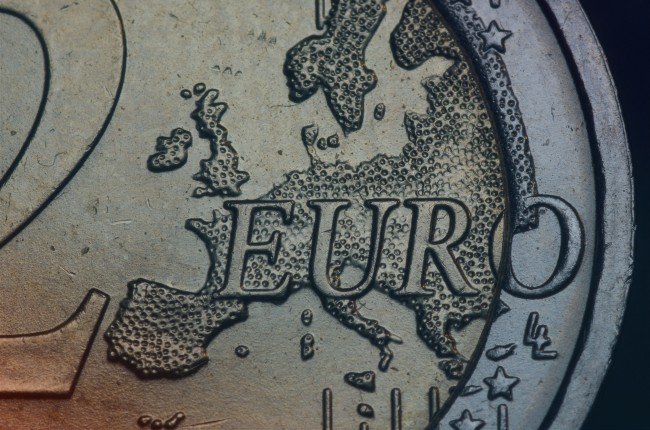The European Commission presented a draft regulation on the Just Transition Fund. This is an instrument to bring the UE closer to achieving climate neutrality in 2050 and prevent possible social exclusion. Although Poland proposed the creation of the fund, we missed the discussion about its shape.

What is the Just Transformation Fund?
The Just Transformation Fund (JST) is the first important pillar of the European Green Deal-a flagship project of European Commission President Ursula von der Leyen. Its concept is described in the draft regulation just presented. It will now be negotiated between the Council, the European Commission and the Parliament. The aim of the Just Transition Fund is to prevent social exclusion and the unfair distribution of transformation costs between social groups and countries with different energy mixes. It was originally intended to be a fund for coal regions. Then Poland would be its biggest beneficiary, as almost half out of 237 000 people employed in coal-related activities in Europe are actually in Poland. However, there are many who queued up for money. Ultimately, over 100 regions in the EU will be able to apply for funds, because it is no longer a question of moving away from coal, but from emissions from all fossil fuels. During last year the Commission worked intensively on the concept of the fund. It was the time to engage in the process. Now when a draft regulation has been published, and will be adopted by a simple majority in the Council, changes will be very difficult.
How will a just transition be financed?
The Just Transition Fund is a completely new item in the EU budget. It amounts to €7.5 billion, of which Poland can count on a maximum of €2 billion, because such a limit of funds per country has been included in the regulation.
In practice, a mechanism of financial leverage is being created, because 7.5 billion euros is to be supplemented with the Member States’ envelope from the European Regional Development Fund and the European Social Fund Plus. The Commission expects each country to contribute at least 1.5 times (and a maximum of 3 times) of what it will receive from the JTF. In total, this is expected to amount to between €30 and even €50 billion.
However, the JTF is only a part of the Commission's wider idea of financing the transition. The second complementary element is the support dedicated to a fair transition from the InvestEU programme (continuation of the Juncker Plan). And the third are loans from the European Investment Bank (which will soon become the EU climate bank). These three streams of funds-JTF, InvestEU and EIB-are called the Fair Transition Mechanism by the Commission. In total, €100 billion.
How can JTF be accessible?
The JTF will have one priority-to enable regions and their inhabitants to switch to a climate-neutral economy and mitigate the negative social and economic consequences of this change. Formally, it will be an instrument of the… cohesion policy, which from now on will support the transformation and climate protection even more strongly.
National allocations will reflect the challenges of transition in the regions with the highest greenhouse gas emissions. Those that emit a lot and will lose jobs in the mining industry will get the most. But provided that there is a close link with the national energy and climate plans (NECPs) prepared by Member States and a pathway to climate neutrality at national level. Mining regions will therefore be able to benefit from the measures if Poland presents plans for their transformation. In fact, these will be coal exit plans. Then the JTF funds can be used, among others, for new investments and job creation. What is important, the fund will not support either investments in nuclear energy or other fossil fuel-based ones.
Conlusions
The final version of the JTF is subordinated to the objective of climate neutrality and overcoming social barriers to change. It is far from the idea of supporting coal regions. In Poland, we overslept the period when the regulation was designed. In the meantime many regions and the whole fossil fuel sector lined up for funds. The Fund strongly links the financing of new projects to the implementation of energy and climate objectives. Although Poland, did send on time its NECP-at the end of December 2019-the declared contribution will not lead to the achievement of the 2030 climate targets to which we agreed within the EU. And even less to climate neutrality in 2050. Without an update of the plan and consistency with the 2030 and 2050 targets, Poland will be on a lost track in discussing the EU budget.
